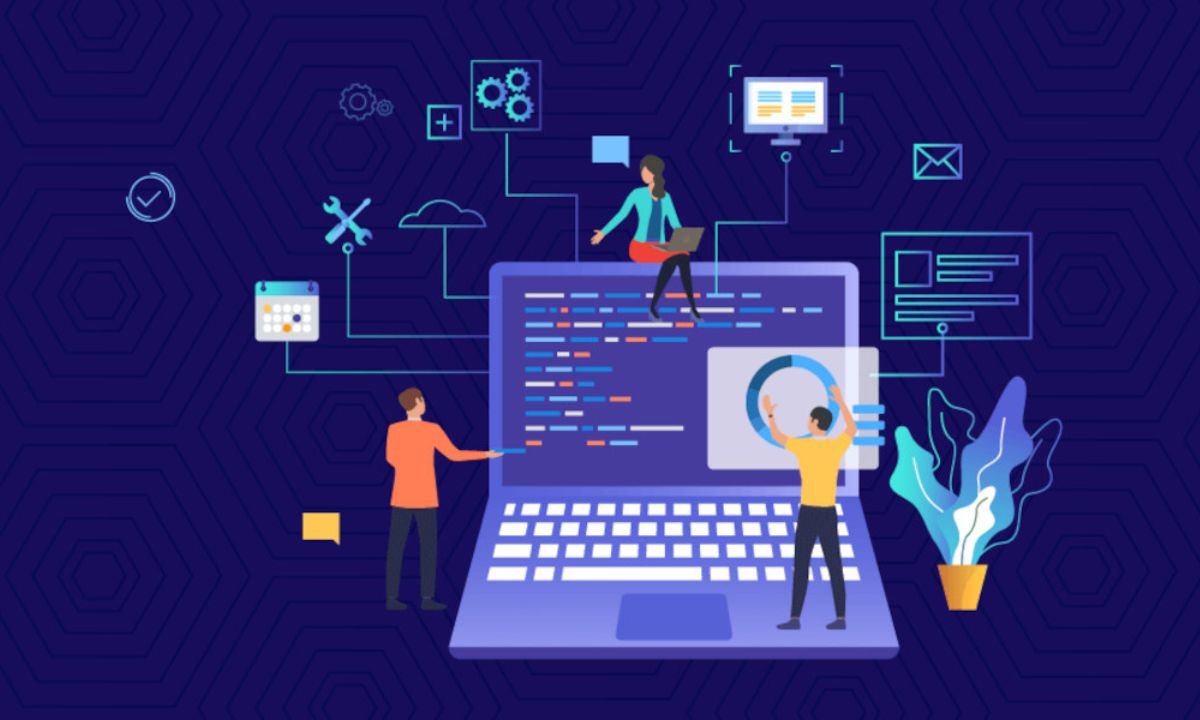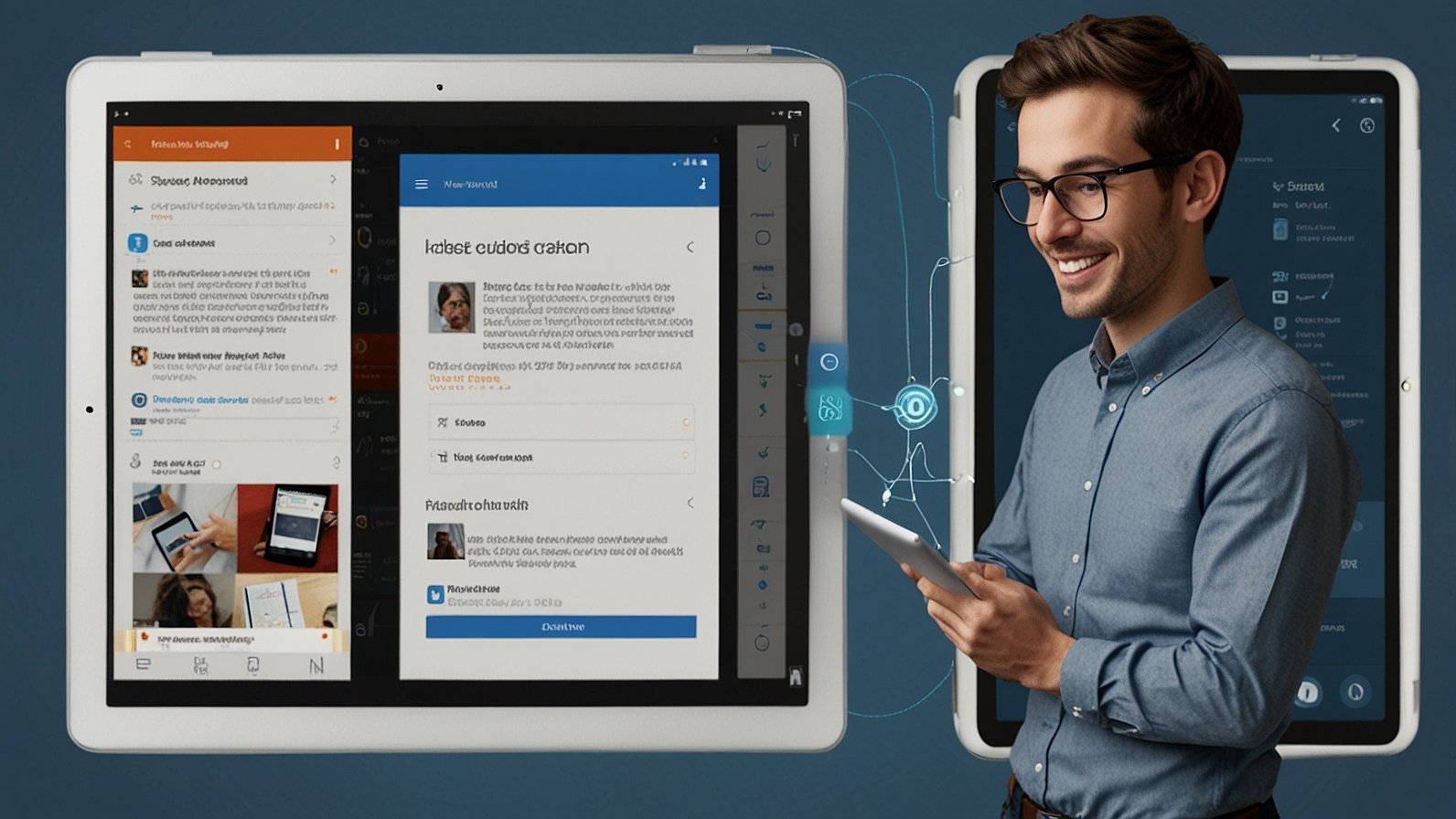In the era of digital transformation, ensuring the reliable performance of your applications is more critical than ever. Whether you are a developer, an IT professional, or a business owner, understanding why monitoring your application is important can make a significant difference in your operational efficiency and user satisfaction. This article will explore the necessity of application monitoring, its benefits, the key components involved, and best practices to adopt.
What is Application Monitoring?
Definition of Application Monitoring
Application monitoring involves tracking the performance, availability, and overall health of your software applications. It aims to provide real-time insights into how your applications are functioning, helping you to identify and resolve issues before they impact end-users.
Explanation of How it Works
Application monitoring typically works by collecting data from various sources within your application ecosystem. These sources can include servers, databases, network devices, and the application itself. The collected data is then analyzed to detect anomalies, performance bottlenecks, and other potential issues.
Monitoring Tools and Software
There are numerous tools available for application monitoring, each offering different features and capabilities. Some popular choices include New Relic, Datadog, and Dynatrace. These tools provide dashboards, alerts, and detailed reports to help you keep an eye on your application’s performance.
Key Metrics
Response Time: The time it takes for your application to respond to a user’s request.
Uptime: The amount of time your application is available and functional.
Error Rates: The frequency at which errors occur in your application.
Benefits of Application Monitoring
Improved Performance
Early Detection of Performance Issues: Monitoring allows you to identify and address performance issues before they escalate.
Optimization of Application Resources: By understanding resource usage, you can optimize your application’s performance and efficiency.
Enhanced User Experience
Reduction in Downtime: Monitoring helps in reducing downtime, ensuring that your application is always available to users.
Faster Issue Resolution: Quick identification and resolution of issues lead to a better user experience.
Increased Security
Detection of Unusual Activities: Monitoring tools can detect abnormal activities that may indicate a security breach.
Prevention of Potential Security Breaches: Early detection helps in taking preventive measures to avoid security incidents.
Cost Savings
Identification of Inefficiencies: Monitoring helps in identifying inefficient processes that can be optimized.
Prevention of Revenue Loss Due to Downtime: Reduced downtime results in fewer revenue losses.
Key Components of Application Monitoring
Real-Time Monitoring
Real-time monitoring is crucial for maintaining the health of your application. It involves collecting data in real-time, allowing you to respond to issues as they occur.
Tools and Technologies: Tools like Prometheus and Grafana are popular for real-time monitoring.
Error Tracking
Tracking errors is essential for maintaining application performance. It involves identifying, logging, and analyzing errors to understand their root cause.
Importance of Logging and Log Analysis: Effective logging helps in diagnosing issues and improving application reliability.
Performance Metrics
Monitoring performance metrics helps in understanding how well your application is performing. Key performance indicators (KPIs) include response time, throughput, and error rates.
User Experience Monitoring
User experience monitoring focuses on understanding how users interact with your application. It helps in identifying areas where user experience can be improved.
Tools for Capturing User Experience Data: Tools like Google Analytics and Hotjar are useful for tracking user interactions and feedback.
Types of Application Monitoring
Infrastructure Monitoring
Infrastructure monitoring involves tracking the performance of servers, databases, and network devices that support your application. It ensures that your infrastructure is performing optimally.
Application Performance Monitoring (APM)
APM focuses on tracking application-specific metrics such as response time, throughput, and error rates. It helps in identifying and resolving performance issues.
Synthetic Monitoring
Synthetic monitoring involves simulating user interactions to test how your application performs under different conditions. It helps in identifying potential issues before they affect real users.
End-User Experience Monitoring
End-user experience monitoring measures the actual user experiences and performance of your application. It provides insights into how your application is perceived by users.
Security Monitoring
Security monitoring involves keeping an eye on security-related events and threats. It helps in detecting and preventing potential security breaches.
Challenges in Application Monitoring
Data Overload
Managing large volumes of data can be overwhelming. Effective data management strategies are required to make sense of the collected data.
False Positives/Negatives
Ensuring accuracy in alerts is crucial. False positives and negatives can lead to unnecessary actions or missed issues.
Complexity of Modern Applications
Modern applications are often complex, involving microservices and distributed systems. Monitoring such applications requires specialized tools and techniques.
Integration with DevOps
Seamless integration with CI/CD pipelines is essential for effective application monitoring. It ensures that monitoring is an integral part of the development and deployment process.
Best Practices for Effective Application Monitoring
Define Clear Objectives
Setting specific goals for monitoring is crucial. Clear objectives help in focusing on what matters most for your application.
Choose the Right Tools
Selecting tools that fit your application and infrastructure is essential for effective monitoring. Consider factors such as ease of use, scalability, and integration capabilities.
Regularly Review and Update
Continuous evaluation and improvement of monitoring strategies are required to keep up with changing application needs and industry standards.
Automate Where Possible
Implementing automation reduces manual effort and increases efficiency. Automated alerts and reports can help in quick issue identification and resolution.
Train Your Team
Ensuring that your team is knowledgeable about monitoring tools and practices is crucial for effective monitoring. Regular training and workshops can help in keeping the team updated.
Case Studies/Examples
Case Study 1: Company X
Company X implemented a comprehensive application monitoring strategy using New Relic. This helped them in early detection of performance issues and significantly reduced downtime. As a result, user satisfaction improved, and revenue losses due to downtime were minimized.
Case Study 2: Company Y
Company Y faced challenges in managing the complexity of their distributed application. They adopted Dynatrace for end-to-end monitoring, which provided them with deep insights into their application’s performance. This helped them in optimizing their resources and improving overall efficiency.
Example of Failure Due to Lack of Monitoring
Company Z did not prioritize application monitoring, resulting in frequent downtimes and performance issues. This led to a loss of user trust and significant revenue losses. The lack of monitoring also made it difficult to identify and resolve issues promptly.
You May Also Like: SNMPANEL’s Features: Unleash Social Media Success
Conclusion
Monitoring your application is not just a best practice; it’s a necessity in today’s digital landscape. From improving performance and enhancing user experience to increasing security and saving costs, the benefits of application monitoring are manifold. By understanding the key components, adopting best practices, and leveraging the right tools, you can ensure that your application remains reliable, efficient, and secure.
In conclusion, whether you are a developer, an IT professional, or a business owner, investing in application monitoring can provide you with the insights and control needed to drive your application to success. So, take the first step towards enhanced application performance and reliability by implementing a robust monitoring strategy today.
Frequently Asked Questions
What is the primary purpose of application monitoring?
The primary purpose of application monitoring is to ensure the performance, reliability, and security of an application by continuously tracking various metrics such as response time, throughput, and error rates. It helps in identifying and resolving issues before they impact end-users.
What are the key components of user experience monitoring?
User experience monitoring focuses on understanding user interactions with your application. Key components include tools for capturing user data, such as Google Analytics and Hotjar, as well as analyzing feedback to identify areas for improvement and enhance overall user satisfaction.
How does synthetic monitoring differ from other types of monitoring?
Synthetic monitoring involves simulating user interactions to test how an application performs under various conditions. Unlike real user monitoring, which tracks actual user activities, synthetic monitoring is proactive and helps identify potential issues before they affect real users.
What are some common challenges in application monitoring?
Common challenges in application monitoring include managing large volumes of data (data overload), ensuring accuracy of alerts (avoiding false positives/negatives), handling the complexity of modern applications (such as microservices and distributed systems), and integrating monitoring seamlessly with DevOps and CI/CD pipelines.
Why is it important to choose the right monitoring tools?
Choosing the right monitoring tools is essential for effective application monitoring because tools need to fit your application’s specific requirements and infrastructure. Factors such as ease of use, scalability, and integration capabilities should be considered to ensure optimal performance, reliability, and user experience.










